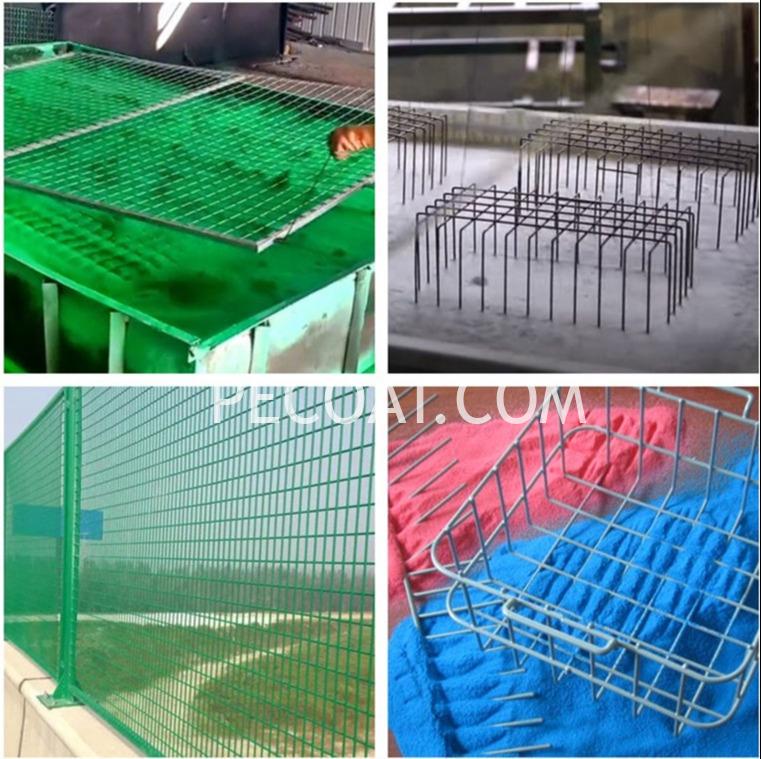Thermoplastic vs Thermoset

Thermoplastic vs Thermoset
Thermoplastic refers to the property that a substance can flow and deform when heated, and can maintain a certain shape after cooling. Most linear polymers exhibit thermoplasticity and are easily processed by extrusion, injection or blow molding. Thermosetting refers to the property that it cannot be softened and molded repeatedly when heated, and it cannot be dissolved in solvents. Bulk polymers have this property.
Thermosetting is a chemical change. After being heated, the structure has changed and turned into another substance. For example, you cannot restore the egg after it is cooked. Thermoplasticity is a physical change. It is just that the state of the material changes when it is heated, but the structure does not change. It is still native. For example, when a candle is melted by heat, it can be restored to the original candle, but the burning of a candle is a chemical change.
1. Thermoplastics
It becomes soft and fluid when heated, and hardens when cooled. This process is reversible and can be repeated. Polyethylene, polypropylene, polyvinyl chloride, polystyrene, polyoxymethylene, polycarbonate, polyamide, acrylic plastic, other polyolefins and their copolymers, polysulfide, polyphenylene ether, chlorinated polyether, etc. It is thermoplastic. The resin molecular chains in thermoplastics are all linear or branched. There is no chemical bond between the molecular chains, and they soften and flow when heated. The process of cooling and hardening is a physical change.

2. Thermosetting plastics
When it is heated for the first time, it can soften and flow. When it is heated to a certain temperature, a chemical reaction occurs to cross-link and solidify to harden. This change is irreversible. After that, when it is heated again, it can no longer become soft and flow. It is by virtue of this characteristic that the molding process is carried out, and the plasticized flow during the first heating is used to fill the cavity under pressure, and then solidify into a product of a determined shape and size. This material is called a thermoset.
The resin of thermosetting plastics is linear or branched before curing. After curing, chemical bonds are formed between molecular chains to form a three-dimensional network structure. Not only can it not be melted again, but it cannot be dissolved in solvents. Phenolic, aldehyde, melamine formaldehyde, epoxy, unsaturated polyester, silicone and other plastics are all thermosetting plastics.
Thermoplastic vs Thermoset

do you have thermoset powder color?